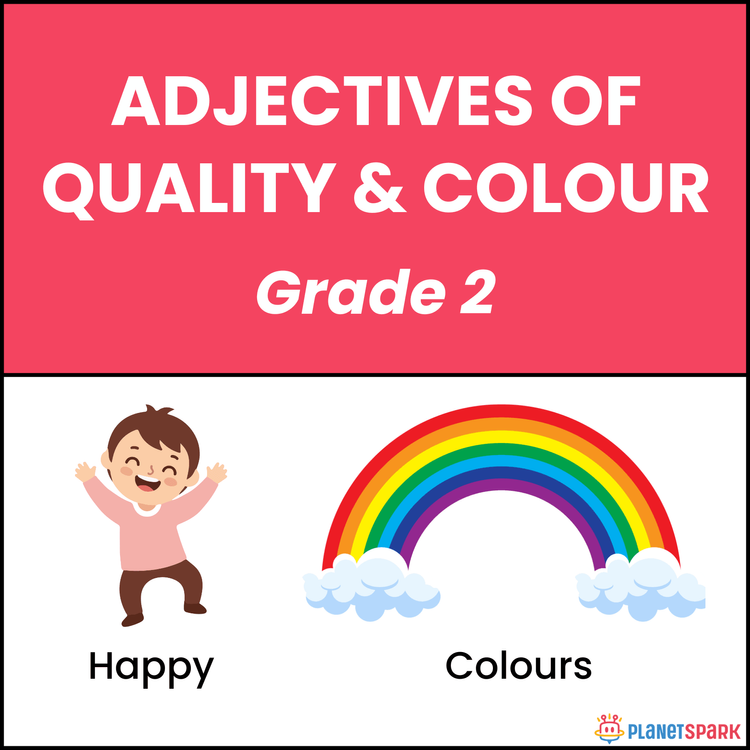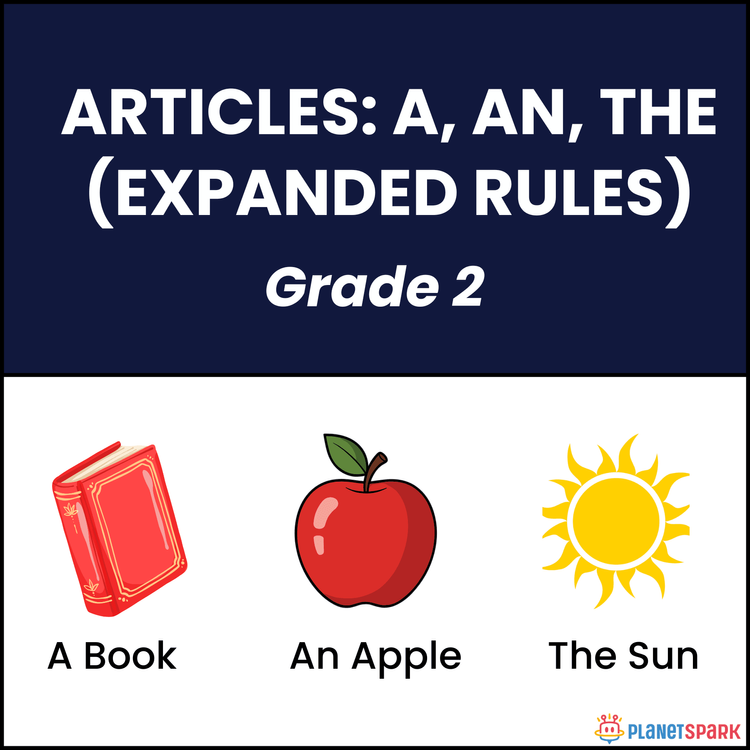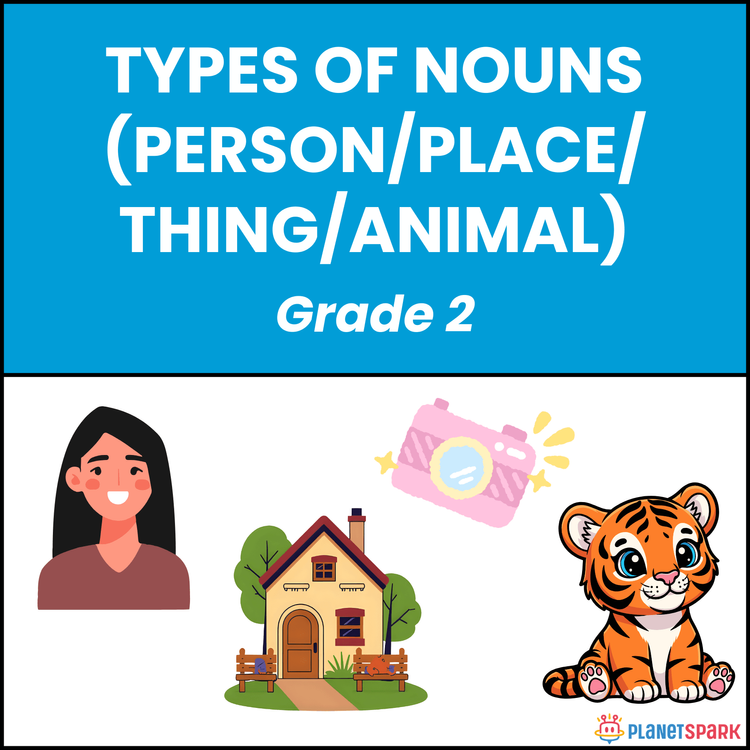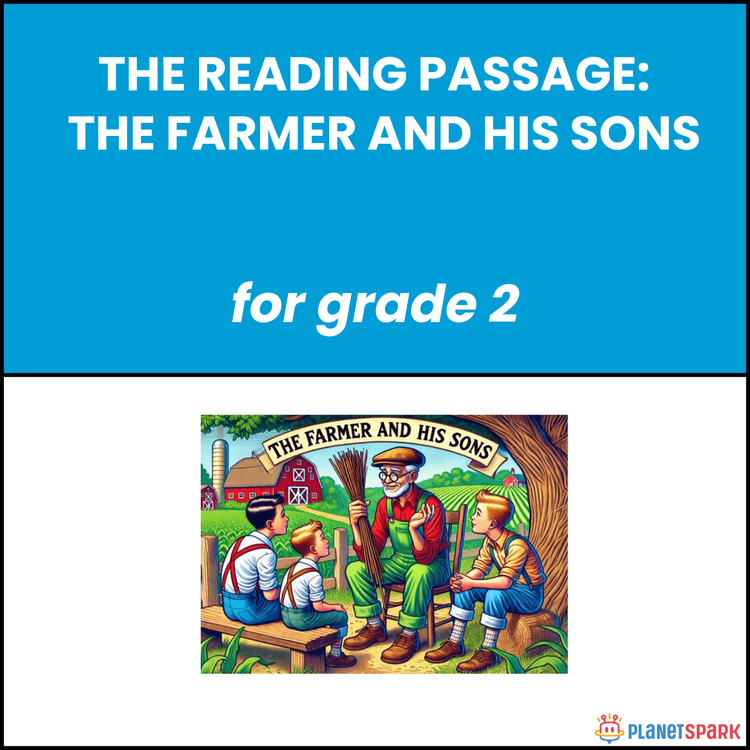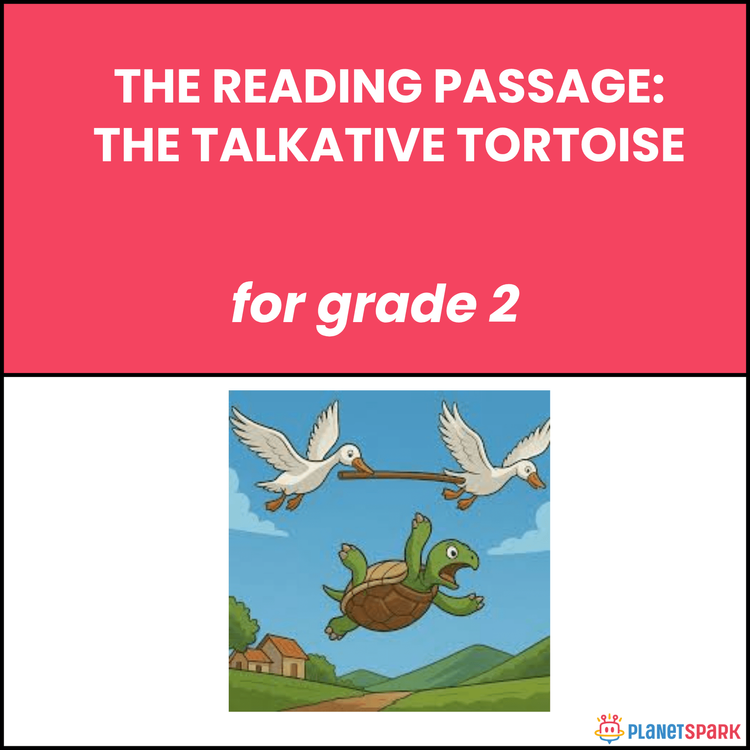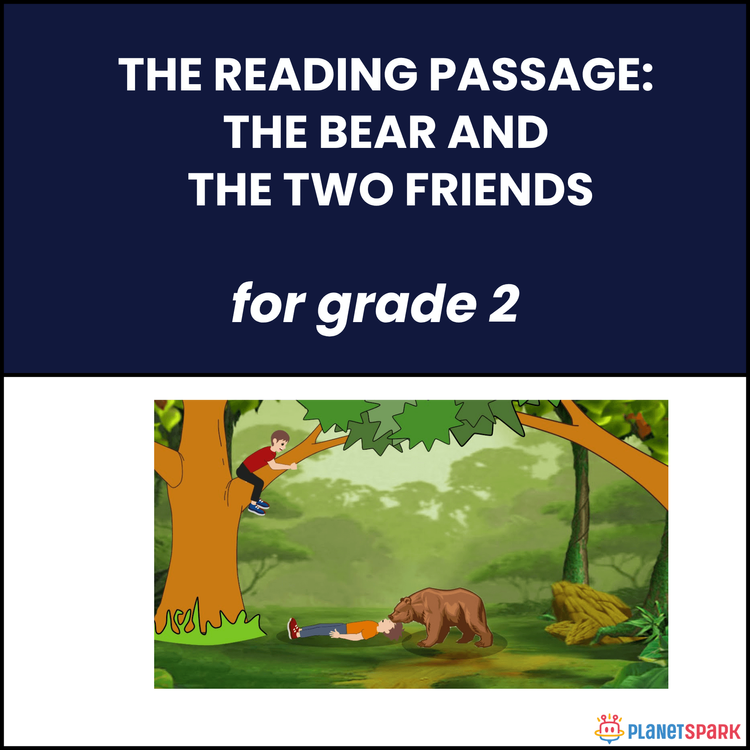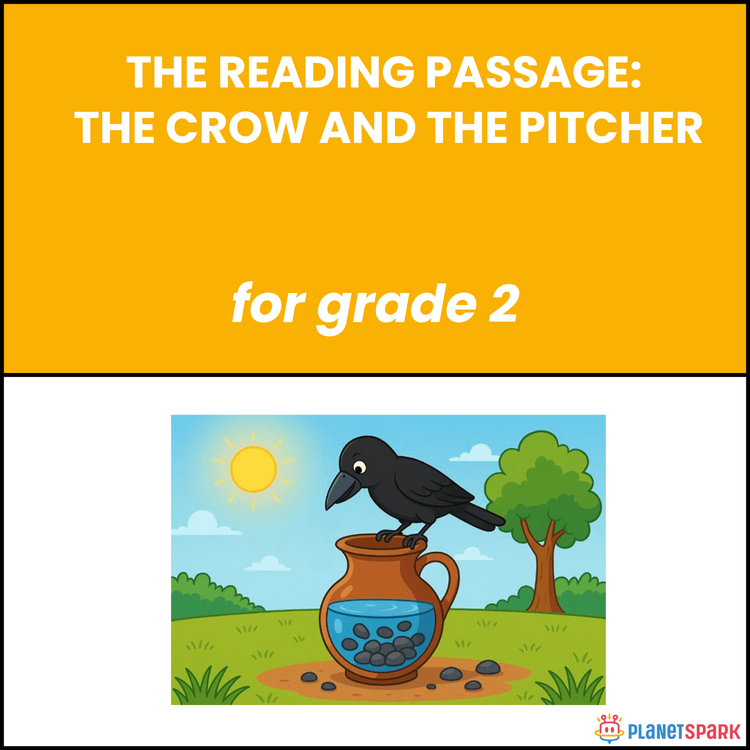Grade 2 Reading Passage on The Golden Goose
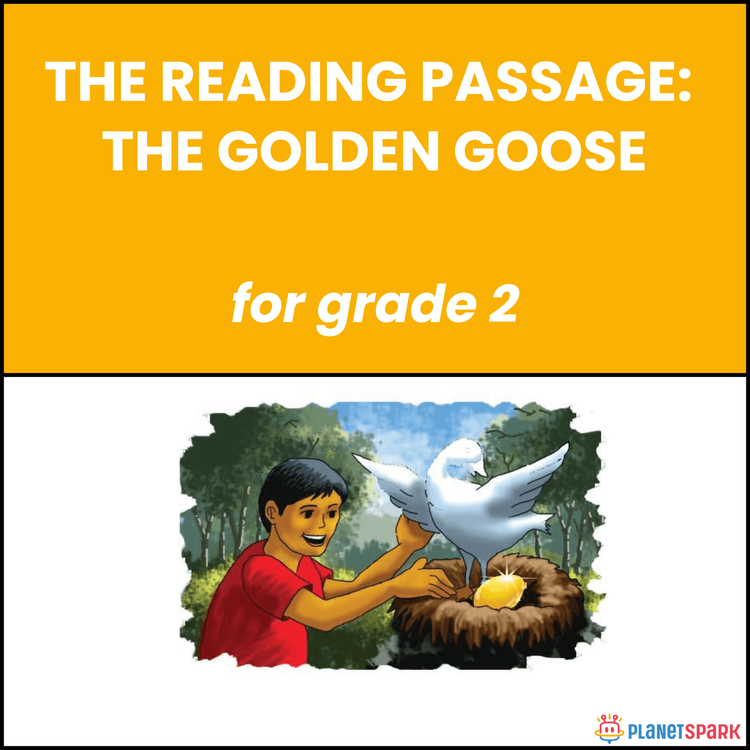

Grade 2 Reading Passage on The Golden Goose
Greed and Gold: The Golden Goose Reading Comprehension for Grade 2
This Grade 2 reading comprehension worksheet, *“Greed and Gold: The Golden Goose,”* teaches children the importance of patience and contentment through a timeless moral story. The tale follows a poor farmer who owns a goose that lays a golden egg every day. The farmer becomes greedy and decides to cut the goose open to get all the gold at once. But when he does, he finds nothing inside and loses his precious goose forever. Realizing his mistake, he learns that greed can destroy good things and that patience brings lasting happiness.
Why Reading Comprehension Matters in Grammar?
Reading comprehension helps children understand how stories connect actions and consequences. For Grade 2 learners, this passage teaches:
1. The moral value of patience and gratitude.
2. The relationship between choices and outcomes.
3. Key descriptive words that enhance storytelling.
4. How to identify lessons and themes in short fables.
What’s Inside This Worksheet?
Exercise 1 – Multiple Choice Questions
Students answer factual questions about what the farmer did, what happened to the goose, and what lesson he learned.
Exercise 2 – Comprehension Questions
Students write thoughtful answers explaining the moral of the story, why patience is important, and share examples from their own life.
✅ Answer Key (For Parents & Educators)
Exercise 1 – Choose the Correct Answer
1. b) Golden egg
2. a) It had gold inside
3. c) Killed the goose
4. b) Found nothing
5. a) Greed can cause loss
6. b) Sad
Exercise 2 – Answer the Following Questions
7. He wanted to open the goose to get all the gold at once.
8. Patience is important because it prevents loss and brings steady rewards.
9. The goose died and he got nothing; his greed ruined it.
10. For example, saving money slowly instead of spending it all at once.
Help your child learn about patience, gratitude, and wise decision-making with this *Golden Goose* reading comprehension worksheet!
🔖Book a free trial!
Frequently Asked Questions
They strengthen understanding of cause and effect, character motivation, and identifying story lessons independently.
By asking how the story's message applies to sharing, patience, or making good decisions at home.
It builds moral reasoning, empathy, and helps young learners evaluate actions and their outcomes critically.
